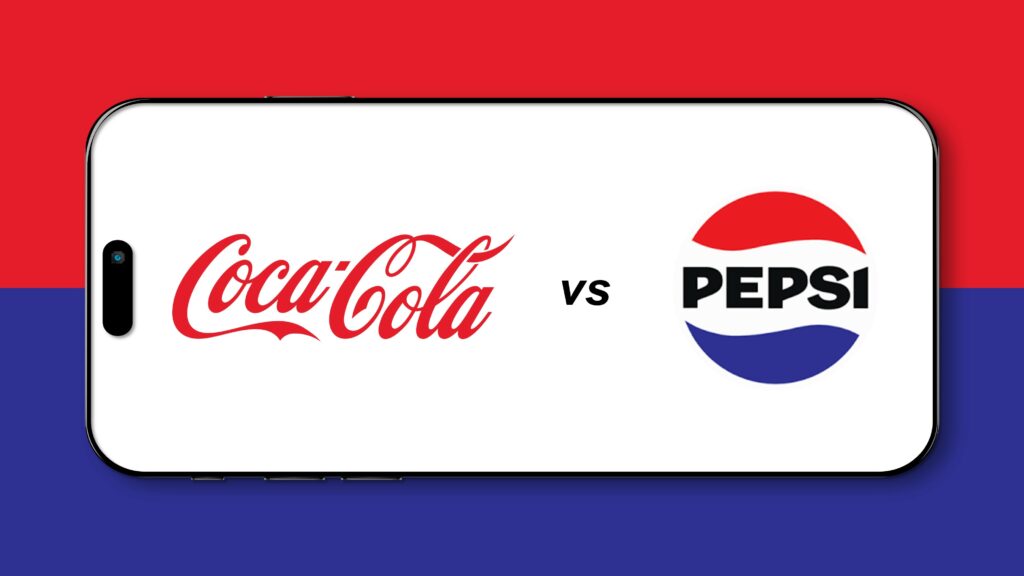Eventually every category comes down to two. Even though there are thousands of options, the choice typically narrows to just two. Sound reductionist? It’s not.
Think about it. It’s Coke and Pepsi, Crest and Colgate, Android and iPhone, Lowe’s and Home Depot, Ford and Chevy, chocolate and vanilla, the list could go on and on. Over time categories come down to two. Of course other options still exist. Strawberry ice cream is an option, as is Subaru, but the vast majority of each category is represented by just two choices.

The same is true with disciplemaking.
Can you guess what they are? It’s not obvious, in part, because most people never choose how they will make a disciple, and in part, because the disciplemaking conversation just hasn’t gotten here yet. But if you had to come up with the two main choices in how to make a disciple what would they be?
Engaging the question is both important and helpful, because if you can’t even see another way to make a disciple then you’re inevitably blind to the strengths and weaknesses of your approach. It’s the equivalent of only being exposed to vanilla and then being asked to compare and contrast it to other flavors. So even if you never even try another disciplemaking approach, the awareness is valuable.
So what are the two main disciplemaking options?
1. Standardized Disciplemaking
The first and most popular way to make disciples is what I call the Standardized Discipling. Standardized discipling could also be called the product disciple making or wholesale disciplemaking. It’s so popular that many disciplemaking experts don’t believe effective disciplemaking happens any other way. Standardized discipling emphasizes simplicity, ease of use, and broad accessibility (scale). Product discipling means you need some thing to carry the weight of disciplemaking. That thing is always in addition to the Bible. Typically, it’s a book or curriculum written by a pastor or faith hero. Standardized practitioners persuasively speak of the need for “tracks to run on” and a “basic skeleton that the disciple can flesh out.” Additionally they emphasize the need for the disciplemaking process to be made so simple that anyone can do it.
Practically, standardized disciplemaking happens most often in groups of four or more (but can happen in both smaller and bigger spaces). Disciples are invited to move through the curriculum, book, Bible study, or app for a specific amount of time. Once they have completed the thing, they are asked/expected to lead a new group through the same.
There are clear advantages to standardized disciplemaking. It quickly engages participants with key discipleship concepts in a familiar setting. The setting is similar to small groups, so it feels comfortable to most of them. As a result, participants are able to absorb the information quickly and personally. The early results of standardized disciplemaking are broad enrollment and fast-formed disciples and disciple makers.
There are certainly downsides too, but we’ll save those for a future blog.
The second, much lesser known way of discipling is Tool-based discipling.
Tool-based discipling can also be called customized disciplemaking or creative disciplemaking. Customized discipling requires the disciplemaker to be equipped and skilled in using different disciplemaking tools. The tools include things like illustrations, acronyms, or other “pass-on-ables” intended to both impact and equip the disciple. Tool-based disciplers emphasize the relational nature of disciplemaking, tailoring the approach to the individual, and helping the disciple become holistically like Jesus. Creative disciplemakers speak persuasively about the need to equip and develop the disciple into a a mature version of themselves, not a copy of the disciplemaker. The tools used along the way function as a place to hang Biblical truths, not as the primary focus or instrument of the training. In other words, the tool isn’t the point, but rather a way to remember and to pass on the point.
Tool-based practitioners work tirelessly to equip disciples to disciple others out of their individual gifting and design, while maintaining the Bible as their primary resource. Practically, tool-based disciplemaking happens most often in one-to-one or one-to-two contexts and, when they are ready, they go out and do the same.
Tool-based disciplemaking has its advantages. Participants quickly feel equipped with a multitude of tools they can pass on to others. The relational experience of moving tools out from their meetings and into the lives of others sets them up to disciple others with both confidence and competence. The customized approach enables a tight focus right where the disciple needs it most. It connects their personal growth to their fruitfulness with others. This provides a unified field in which they can run on for the rest of their lives.
There are certainly downsides too, but we’ll save those for a future blog.
Naming these two disciplemaking choices can help us consider the path that best fits the principles Jesus modeled in His disciplemaking ministry.
Let’s end with some poetry (hat tip to Robert Frost):
Two disciplemaking roads diverged in your ‘hood
And sorry you cannot travel both at once
Stand and look down each as far as one can
To where your sight grows dim.
I challenge you to stand at this disciplemaking fork in the road and look down each one as far as you can. First to the right. Then to the left.
About the Author

Justin Gravitt
Related Posts

Five Phrases That Tell You Someone Is Ready to Be Discipled
Discover five everyday phrases that quietly signal someone is ready for discipleship and how to respond with presence and care.

Mindful Living & Discipling
When someone experiences genuine, mindful attention, something shifts. They don’t just receive information—they feel seen. And seen people learn how to see others.

Is Dinner Ready?
Learn from Bill Mowry about one of Jesus’ most effective strategies for evangelism – a shared meal.
